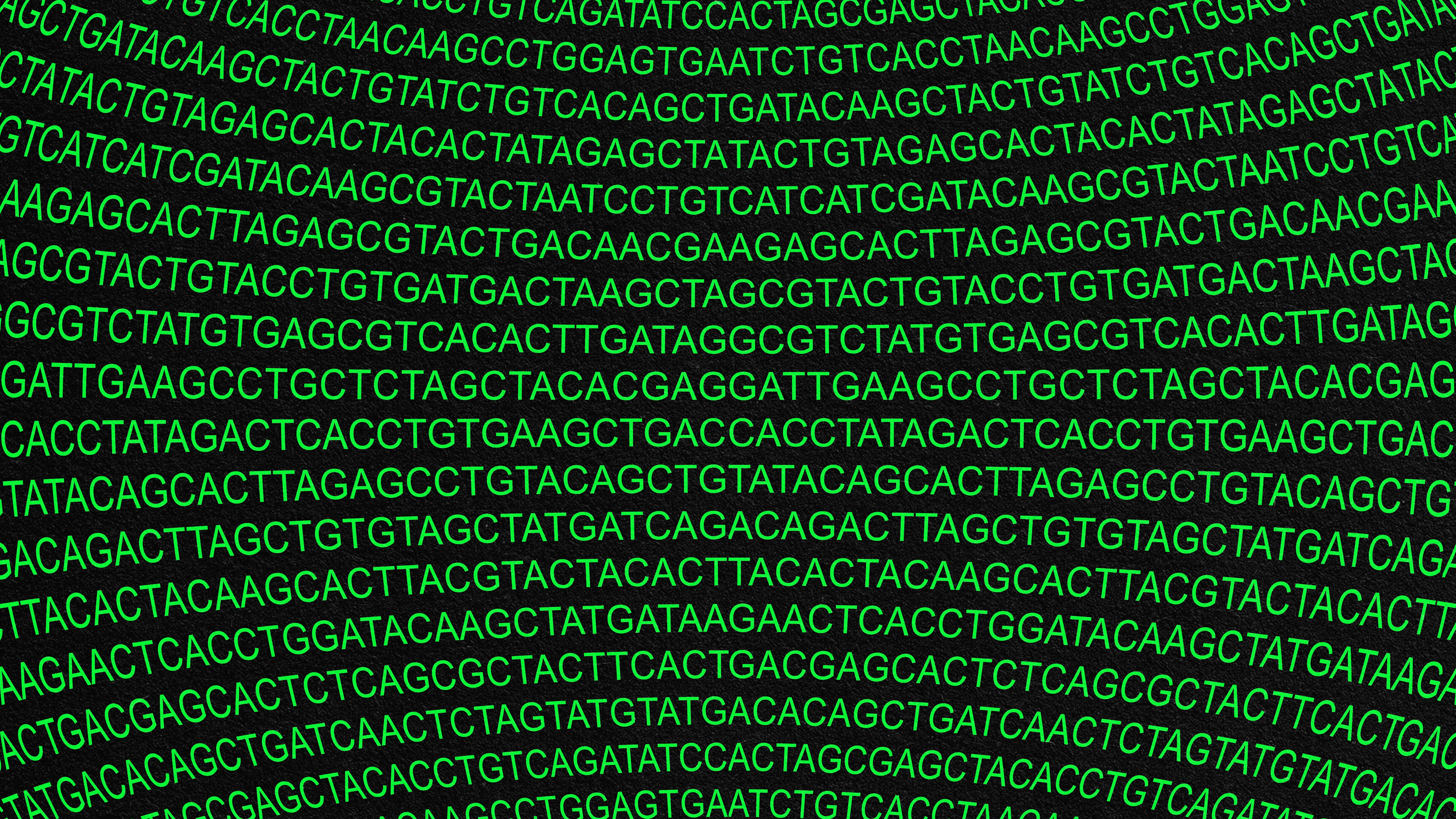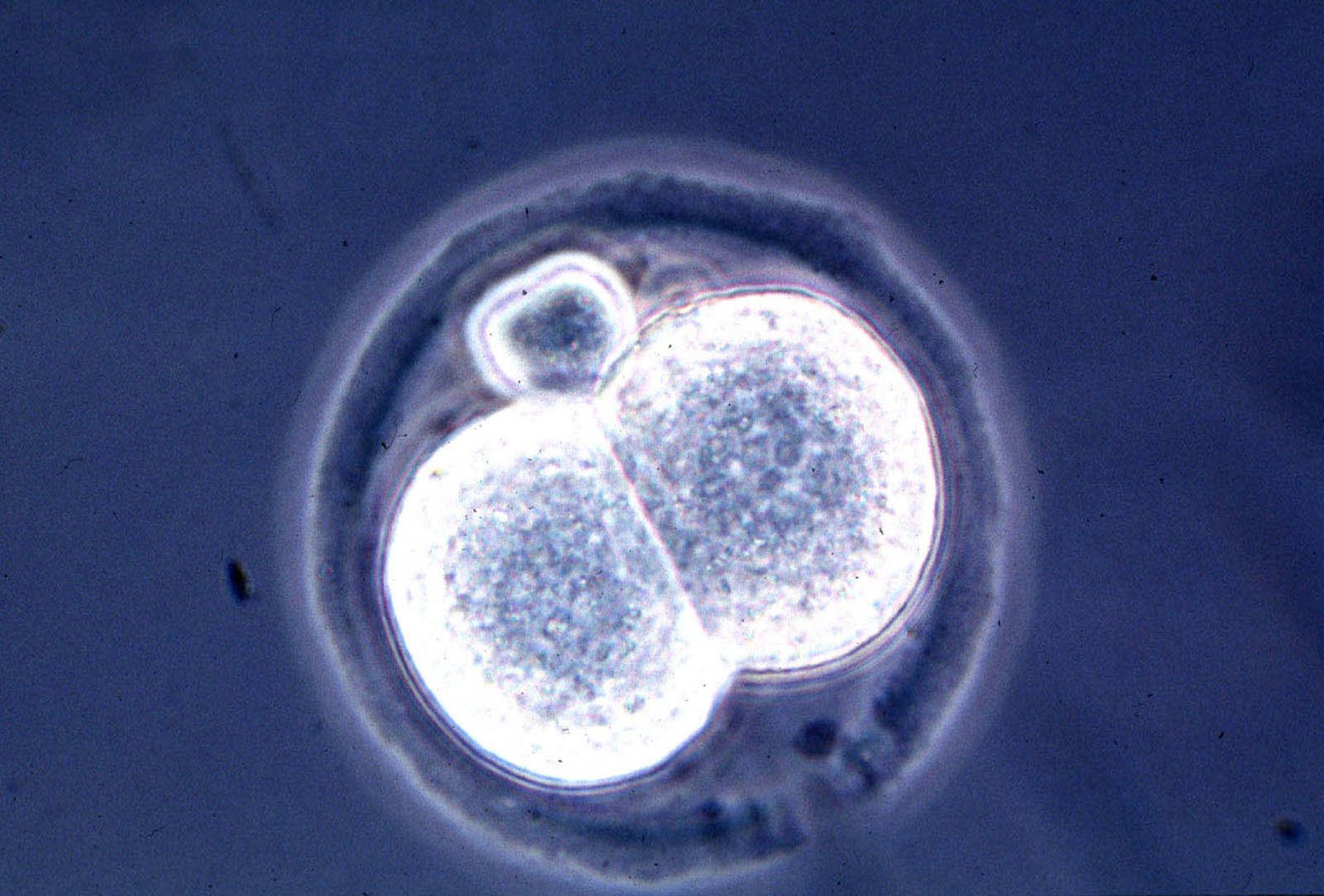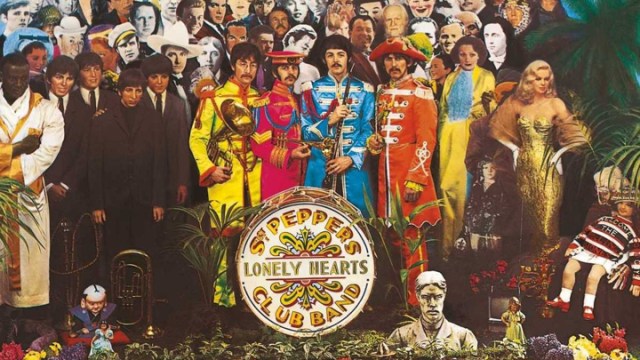Scientists Film an Essential Process of Life for the First Time Ever, See Surprises

Researchers pulled off a first-ever scientific feat, recording video of a single DNA molecule replicating itself. All living organisms feature this biological process, and understanding how it works in greater detail could lead to a host of new discoveries in biology and medicine. The historic footage revealed surprising information that challenges what we previously knew about this essential fact of life.
When cells divide, DNA replication is necessary for each new cell to have a full copy of our genome, the human genetic code that contains about 3 billion base pairs.
The scientists from University of California, Davis used advanced imaging technology to observe DNA extracted from E. coli bacteria. They employed fluorescent dye to light up DNA strands and found that the process features much more randomness than they anticipated.
Here’s what the scientists filmed, showing the replication of individual pieces of double-stranded DNA:
During replication, the DNA double helix “unzips” into two strands that run in opposite directions called “the leading strand” and “lagging strand”. A process involving a number of enzymes acting on the strands results in the formation of a new double helix.
The scientists discovered that there wasn’t as much coordination between the strands as was anticipated. At times, the two DNA strands replicated at different speeds, with one strand ten times faster than the other. At other points, the copying would stop on one strand while continuing on the other.
“We’ve shown that there is no coordination between the strands,” said geneticist and microbiologist Stephen Kowalczykowski who was involved in the research. “They are completely autonomous.”
Kowalczykowski compared this to what happens with traffic on the highway:
“Sometimes the traffic in the next lane is moving faster and passing you, and then you pass it. But if you travel far enough you get to the same place at the same time.”
The fresh understanding of DNA replication can lead to a completely new way of thinking, with Kowalczykowski calling it “a real paradigm shift” which “undermines a great deal of what’s in the textbooks.”
Here’s a detailed explanation of how DNA replication works:
You can read the study published in the journal Cell.
Cover photo: A digital representation of the human genome August 15, 2001 at the American Museum of Natural History in New York City. Each color represents one the four chemical compenents of DNA. (Photo by Mario Tama/Getty Images)





